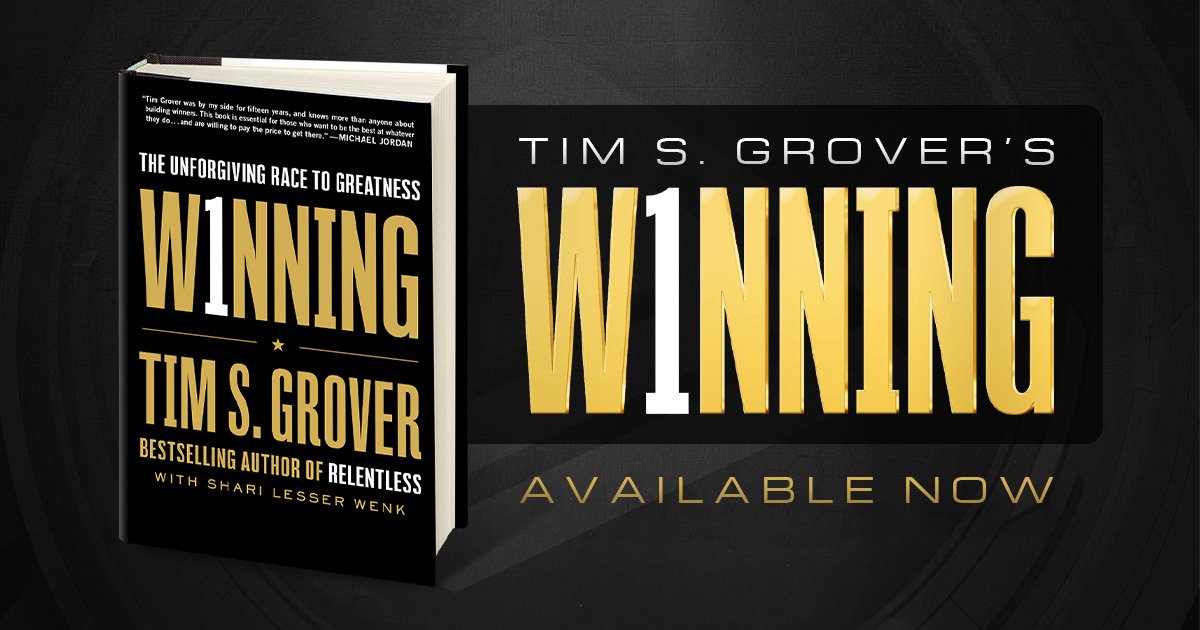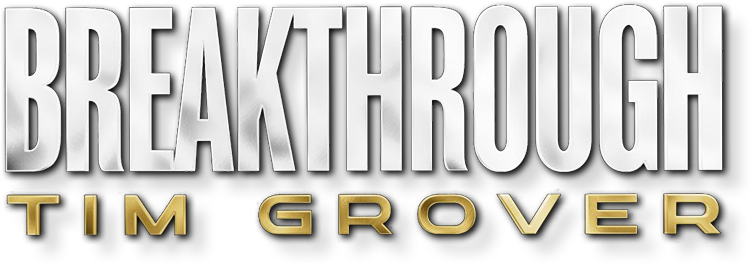I hear this over and over from athletes of all levels, from the pros to the playground:
“I can’t lose weight.”
You can’t, or you won’t?
It usually goes like this:
About a month before training camp, a player comes into my office, slumps down into a chair, shakes his head in frustration and says, “I can’t drop this weight.”
No kidding. He’s easily 30 lbs from where he needs to be.
“I don’t get it,” he continues. “I’m working out every day, no drinking, eating healthy…”
Stop. The magic words: Eating healthy.
Tell me what you’re eating.
“Oh, you know, HEALTHY. Start my day with a huge smoothie…”
Here we go. What’s in the smoothie?
“Healthy stuff,” he says proudly. “Orange juice, pineapple, strawberries, bananas, blueberries, granola, yogurt…very healthy.”
Got it. Good news: If you’re consuming that much sugar every morning, be grateful you’re only 30 pounds overweight. It could be a lot worse, and probably will be, because there are more sugars in that smoothie than the average person should consume in an entire day.
What’s he burning for energy all day? The sugar. What stays on his body, safe and secure? The fat.
That, my friends, is the business—or maybe the b.s.—of “healthy eating.”
We’ve been so conditioned to focus on calories and fat that we overlook the greatest nutritional poison: sugar. And it’s hiding in plain view, in countless foods and beverages that are “good for you.”
Fruit juices. Smoothies. Wraps. Trail mix. Diet sodas. They sound so good. So “healthy.” Until you realize you’re gaining weight and you have no idea why. The ads talk about “healthy alternatives,” but what’s the alternative of healthy? Unhealthy?
I like when they slap the “Fat Free!” label on lollipops and other candy that are pure sugar. Fat free? So is a bag of nails, doesn’t mean you should eat it.
Or the “all natural” nutrition bars that use honey as a sweetener. Yep, honey is “all natural.” So are the empty calories it pours into your body. Just because the label says “antioxidants” doesn’t mean you’re getting healthier when you factor in the sugar content and carbohydrates.
How about when you order a sandwich, and they ask you, “White or wheat?” Translation: You want bread or bread? If the brown stuff is wheat, what’s the white stuff? That’s right, it’s wheat. Bread is made from wheat. It can be colored brown or bleached white, but unless the label says “100% whole grain” or “100% whole wheat” you’re getting plain ol’ white bread dressed up in a “healthy” costume.
Here’s my new favorite: “Weight Control” oatmeal. When I have a player on an ultra-low carb diet, I’ll allow him to have a bowl of oatmeal in the morning, so he gets some of the complex carbs he’ll need for energy. I’m talking about plain, unsweetened, unadorned oatmeal … no milk, cream, brown sugar, maple sugar, raisins, fruit. Nothing that turns it into a cupcake. Plain. I’ll give you a couple ways to add taste—a little unsweetened cinnamon, for example—but that’s it. If you do it right, it tastes like plain whole wheat bread.
But be careful when choosing your oatmeal. It doesn’t have to be some fancy brand with special secret oats harvested by elves on a mystical mountainside. I used to tell my guys to just look for the guy in the hat, plain Quaker oatmeal like Grandma used to make. Easy, right? How can you mess up plain oatmeal?
Here’s how: the guy in the hat now sells “Weight Control” oatmeal. “To Help With Your Weight Management Plan,” it says on the label. The box includes packets of all the fancy flavors … Maple & Brown Sugar, Banana Bread, Cinnamon. Weight control? Each packet has more calories and carbs than the Original oatmeal right next to it on the shelf. They’ve added a couple grams of protein, and now it’s healthy? No, it’s cake.
Look, it’s not just about losing weight. You know what happens to your performance when you’re consuming high levels of sugar? Your insulin spikes. Insulin causes inflammation. Any time you increase inflammation, you have a decrease of power output. Now you’re less explosive, and less healthy. I bet your nutritionist or trainer never told you that.
Take the time to understand what you’re putting into your body. What you put in is just as important as what you take out.
You might believe pro athletes have this under control. Not necessarily true; it’s a learning process, especially for the young players who rarely realize how much sugar they consume. If you grew up on soda and candy and fast food, that’s all your body knows; you have no idea how good you’d feel or how much better you’d play without all that sugar in your system. And once you’ve developed those eating habits, they’re extremely hard to break … especially when it’s time to drop some weight.
For a lot of folks, fast food is easy, grilled chicken breast is not. I give my athletes what I call The List: a yes/no inventory of foods they can eat, and those they can’t. Here are your options, here’s what you’re giving up. No sugar, no dairy, no fruit, no breads, no alcohol. No junk. Three weeks. Proven results. Very simple, because I want my guys focused on practice and games, not counting almonds and weighing boiled meat. The weight of the game is enough pressure.
The first thing everyone says when they see The List: No fruit? Fruit is healthy! Agreed, orange juice and pineapple are loaded with Vitamin C. Very healthy. Tomatoes and carrots are also packed with essential nutrients. Also very healthy. But they’re also extremely high in sugars, and if you’re trying to drop weight, you have to drop the sugar. A low carb diet only works if you actually cut the carbs. When your body needs fuel, it searches for sugar. If it can’t find any, it burns fat. What’s going to make you healthier: orange juice and carrots, or dropping twenty pounds by eliminating them for a while?
The second thing everyone says: No problem, I got this. Until they realize how it feels to go through sugar withdrawal, because The List wrings every gram of sugar out of the body. Total reset. You’re going to feel and perform so much better, but for the short term, you’ve never felt worse. Fatigue, irritability, confusion. You get a crazy headache behind one eye. You’ll get hot, you’ll get cold, you’ll want to throw up. You’ll shake like a heroin addict going through withdrawal because, guess what—you are.
You don’t have to enjoy it. You just have to crave the end result more than you crave the donuts.
For pro athletes, going through an intense weight loss program like The List is a lot easier during the off-season than during the season; their schedule is more relaxed, they’re not living on hotel and airplane food, they’re sleeping better, they’re not eating around a game schedule. They’re home with the family so there are fewer late nights of eating and drinking. And for the older guys, they’re not around the younger players who walk in with the fast food bags and donuts every day.
The real test, of course, comes when the season starts and old habits kick in. I don’t care how a guy looks on opening night, I want to see how he’s doing 20 games into the season. Body fat, performance, energy, it’s a lot easier when nothing is on the line. Two months into the season, it’s a different challenge. Because, as most of us know, as hard as it is to take the weight off, it’s much harder to keep it off.
You would assume that teams are committed to serving “healthy” food to players. But that’s not always easy, because teams are often feeding players who don’t understand how to eat that way; you serve them steamed fish and vegetables, they’re going right out to look for the closest drive-thru. And because it’s better to get the guys fed than to let them survive on Peanut M&Ms, the teams will serve what they’ll eat, alongside what they should eat.
You’ll also see weight gain for players on losing teams, or for guys who aren’t playing well. No question, losing has an impact upon your psychological and emotional state. What’s the first thing people do when they’re feeling down? They reach for comfort foods or they drink, or both. It’s a tough cycle: Drink and eat poorly because you played poorly, then play worse because you drank and ate poorly. And then because you played poorly, you drink and … well, you get it. As soon as players realize their team is going nowhere, it becomes hard to maintain the discipline to stay on a diet.
It’s a constant battle between player, trainer, and team. I hear constantly from GMs or upper management, “We need him playing at this weight.” Well, this weight might not be the best weight for his performance level, maybe he plays better at that weight. Look, if a team wants a player to open the season at 235, I’ll bring him in at 232. But once the season starts, I don’t want him starving himself for weigh-ins, which ultimately affects his performance, and then causes his weight to fluctuate even more. He’s the one who has to walk on the court and feel good in his body.
Bottom line, whether you’re a pro or just working to improve your health: Control your eating, or it will control you. And please: don’t tell me you can eat anything you want and still perform at your best. If you’re eating junk and playing well, think about how much better you’d be playing on a good diet. A race car drives just fine on regular fuel, but give it something special and it performs better than ever.




